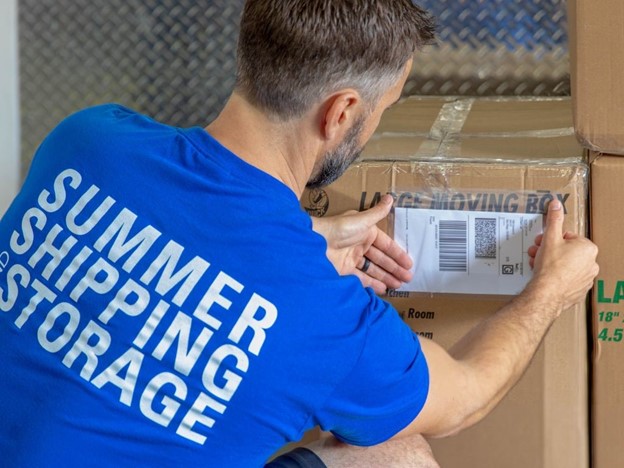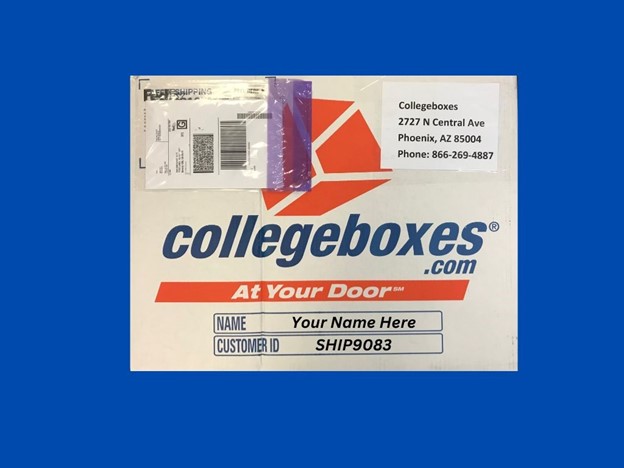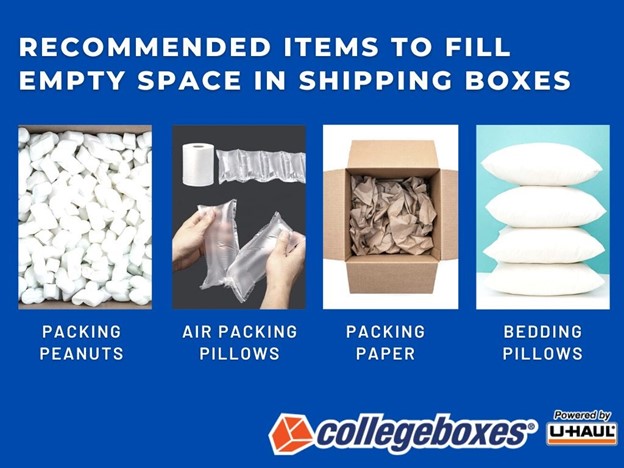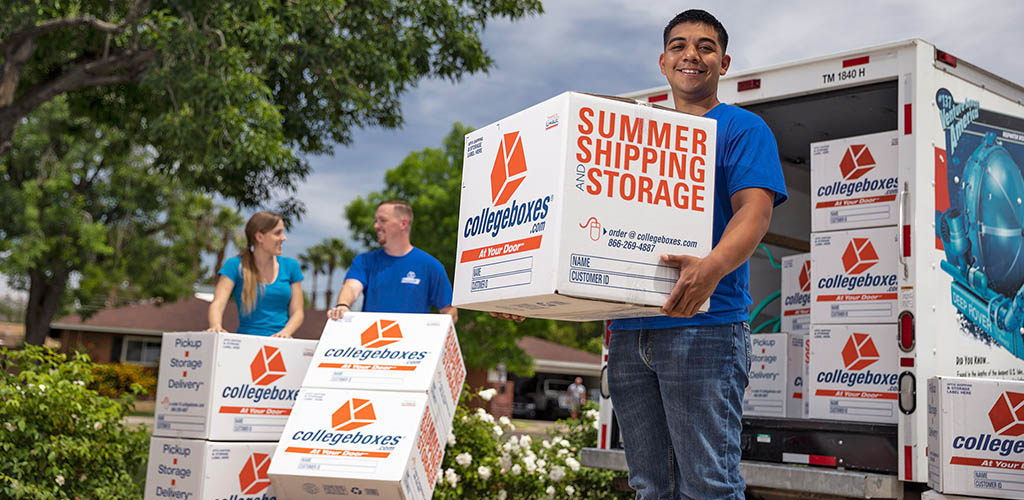As you begin packing for summer storage or to ship boxes and luggage to school as an incoming freshman, the last thing on your mind is, “What if my package is damaged or lost during transit?” Collegeboxes has a process to make things easy on you. Packages can be damaged or lost, be rest assured, it doesn’t happen often. If it does happen, you have the right to file a claim.
Two common claims are damage to goods and lost or stolen shipments.
By following our claims checklist, you can decrease the likelihood of needing to file such claims.
Purchase great quality unused boxes
When preparing for your college move, consider purchasing double-walled corrugated boxes. Like you, we believe in going green, so we recommend the purchase of our Signature Collegeboxes® Box. Each box will last all four years of college, if not longer. Long gone are the days of purchasing boxes at the end of the semester, as you can flatten these boxes and store them in your closet or under your bed to use again.
Check out this quick YouTube Short to see how big brand boxes held up during coast-to-coast shipping.
Use packing material
You may not think you need additional packing material but depending on what you’re storing or shipping, it is a must and will go a long way. Our personal favorite is Enviro-Bubble®. Enviro-Bubble is ideal for protecting and cushioning fragile items such as dishes, glassware, artwork, and electronics. U-Haul recommends small bubbles for abrasion protection and large bubbles for cushioning. They also provide additional cushioning for the bottom of your boxes and are excellent to use for glassware.
Label, Label, Label
For added protection, print out a duplicate label and place it inside of your shipping box, trunk, or suitcase. When shipping, write your Collegeboxes CID, name, destination address, and phone number on the box. We highly recommend this method because if the label happens to fall off, your shipping details are visible.


When storing furniture, attach your label then shrink wrap around the label and furniture (just make sure the label is visible). If you attach the label to the shrink wrap, there’s a chance the shrink wrap can come off with your label.
Have any miscellaneous items like a fan, lamp, or bike to store but are not sure how to attach the label? This is a perfect opportunity to utilize zip ties. Our Collegeboxes® Supply Kit includes five zip ties for you to use.
Fill empty space
After your belongings are securely packed and protected, fill all empty spaces. This prevents crushing and shifting during transit and increases the strength of the box.
- Inflatable Air Pillows: These plastic bags are pre-filled with air, and ready to use. They absorb the shock from impact against your valuables. Air pillows are also reusable if you need to ship a package back out or place them in empty handbags or boots to retain the shape.
- Packing or crumbled paper: Using acid or ink-free Packing Paper is the easiest solution to fill empty space.
- Packing Peanuts: Packing Peanuts – This loose-fill packing material is ideal for protecting oddly shaped and fragile items. The flexible shape fills gaps in boxes to prevent shifting.
- Pillows: Yes, bedding pillows; you must pack them, so why not use them to fill empty space.

Tape matters
When storing/shipping, the type of tape you use makes a huge difference. Packing tape is the only tape you should use when storing or shipping. Clear Shipping & Packing Tape provides a strong, secure hold on moving and shipping boxes. Do not use duct tape, masking tape, scotch, or painter’s tape. Now that you have chosen the correct tape, you should tape across the middle, and down the edges of the side of the box, this will create H along your boxes commonly known as the H-Tape Method.
Protect furniture
Wrapping your furniture protects against dents and scratches. You can do this by using furniture pads, shrink wrap, or any leftover Enviro-Bubble you used to protect your fragile items. Mattress Bag is great when storing a mattress, futon mattress, lots of stuffed animals, couch cushions, and bean bag chairs. If you are short on time, use an old fitted sheet to cover your mattress for additional protection.
Do not overpack
This should be #1 on the list but we wanted to save the best for last. First, write down everything you need to pack but keep the list simple, for example, closet, desk, books, and bedding. This will allow you to stay organized, which will make unpacking easier and more efficient.
- Use smaller boxes for heavier items and larger boxes for lighter items.
- Do not pack all your books in one box. This is a recipe for disaster and can cause a large box to bust open during transport.
- Do not pack glassware, shoes, books, or any other heavier items in the same box.
- When packing electronics, use the boxes they came in, and the packing material.
- If using plastic bins or laundry hampers, make sure they are sealed shut; lids come off very easily.
- Do not pack heavy items in your plastic bins. This will cause your bin to crack.
Still have questions about how to prevent a claim? Check out our Blog – Collegeboxes for additional packing tips.
